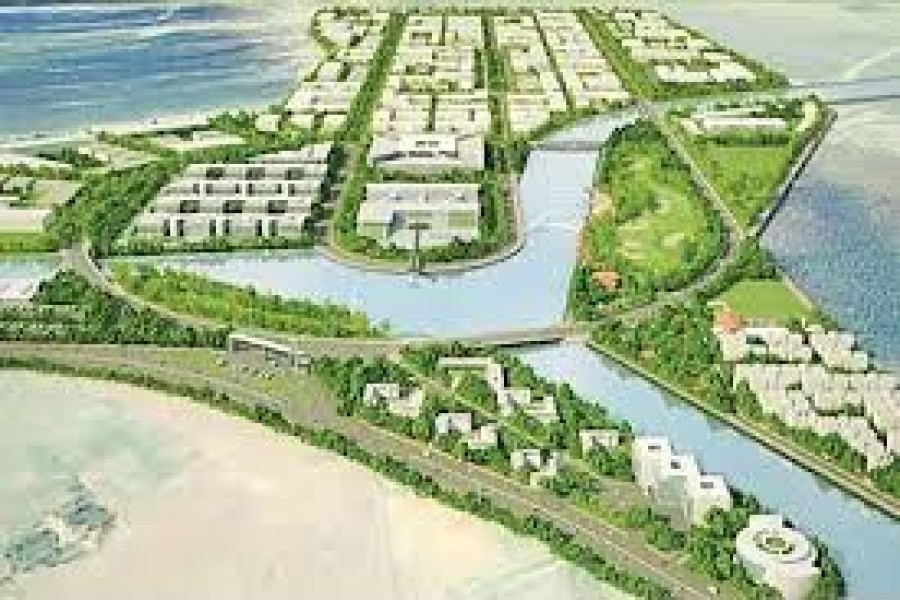
Published :
Updated :

In line with the government's Vision 2041 to turn Bangladesh into a developed country by 2041, it has been setting up privately-run economic zones to expedite the process of industrialisation. Situated by the River Meghna in Cumilla district, the Comilla Economic Zone (CEZ), is part of that process and is expected to go into commercial operation by next year. To that end, the private company, the Meghna Group of Industries (MGI), will be running the industrial facility, it is learnt. As the report carried by the Tuesday's issue of this paper goes, the government will soon give MGI the go-ahead signal through issuing necessary licence for the purpose. As planned, the government is going to set up one hundred public and private Economic Zones (EZs) in the country.
The idea behind this programme is to generate 10 million new jobs and stimulate export to earn foreign currency worth US$40 billion within the next 15 years. Being one of such economic zones, as envisaged, it is hoped that once operational, the CEZ will be able to create some 50,000 jobs and draw investment worth US$2.0 billion. If the potential of the CEZ, as projected, is fully realised, it will definitely be a good augury for the economy. Obviously, the success of the economic zone will depend, in large measure, on its ability to draw sufficient amount of FDI. With around US$8.9 billion worth of Foreign Direct Investment (FDI) flowing into the country during 2018-2020 period, Bangladesh's FDI profile is rather modest. Notably, during the same period, Pakistan recorded a net FDI flow of US$9.17 billion, while India US$154.51 billion. Clearly, Bangladesh requires a more robust FDI portfolio to meet its ambitious goal of becoming a developed nation within the next two decades.
Needless to say, the economic zones are going to play a crucial role in this regard. Meanwhile, the government has given approval to close to 100 public and private economic zones. Of those, the public economic zones could reportedly invite investment commitment of more than US$24 billion, while the private ones have been promised investment of about US$3.0 billion. Against this backdrop, it is important that the local private firms assigned to operate the economic zones are provided with the physical and other infrastructural facilities as promised. For, as soon as local entrepreneurs begin to invest in these economic zones in a big way, that would also encourage overseas investors. The good news is the local private conglomerate, MGI, which is to run the CEZ, has already demonstrated its ability to operate two other facilities, namely, the Meghna Economic Zone and the Meghna Industrial economic Zone both in Narayangaanj. Now that the same private firm is going to take charge of the CEZ, it amply demonstrates the potential of the private economic zones to draw local investors.
Admittedly, different commercial ventures operating close to one another within the same periphery of a particular economic zone gives them the benefit of what is known as agglomeration from the economies of scale and networking effect. As a result, it helps reduce costs of production as well as trigger competitiveness and innovation among these industries. Following this model, China's Shenzhen special economic zone, for example, could by 2003 invite US$30 billion in FDI and create 3.0 million jobs. By promoting the growth of its economic zones, Bangladesh, it is believed, can also become an economic hub of this region within the foreseeable future.


 For all latest news, follow The Financial Express Google News channel.
For all latest news, follow The Financial Express Google News channel.